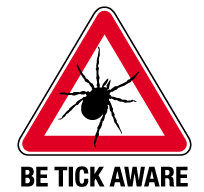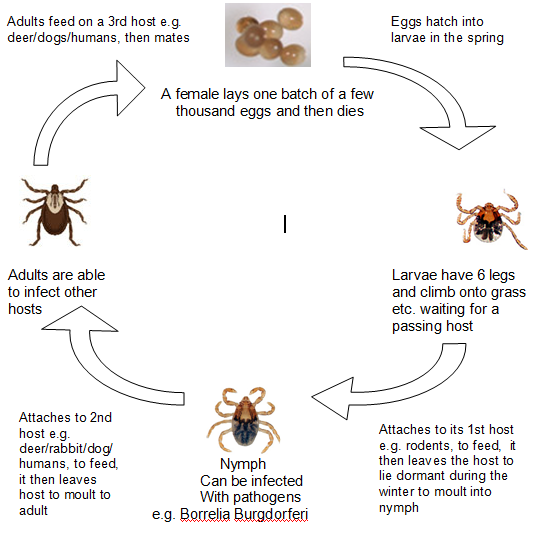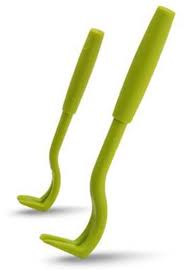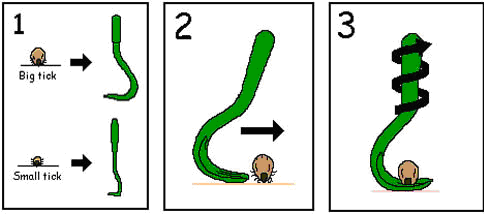It is that time of the year when ticks are out in force here in Portugal.
What are ticks?
Ticks are small, blood-sucking external parasites from the arthropods group and are related to spiders. They transmit a wide variety of pathogens. There are approximately 850 species of ticks worldwide consisting of two families the Ixodids (hard ticks), the most common and the Argasids (Soft ticks).
24 different species are known to occur in Portugal:
Argasidae (Soft tick)
- Argas vespertilionis
- Ornithodoros maritimus
- Ornithodoros erraticus
Ixodidae (Hard tick)
- Ixodes acuminatus (Southern rodent tick)
- Ixodes bivari
- Ixodes canisuga (Dog tick)
- Ixodes frontalis (Passerine tick)
- Ixodes hexagonus (Hedgehog tick)
- Ixodes ricinus (Sheep or Deer tick)
- Ixodes simplex
- Ixodes ventalloi (Rabbit tick)
- Ixodes vespertilionis (Long legged bat tick)
- Dermacentor marginatus (Ornate sheep tick)
- Dermacentor pictus (Meadow tick)
- Haemaphysalis hispanica
- Haemaphysalis inermis (Winter tick)
- Haemaphysalis punctata (Red sheep tick)
- Rhipicephalus bursa (Brown ear tick)
- Rhipicephalus pusillus
- Rhipicephalus sanguineus (Brown dog tick)
- Rhipicephalus turanicus
- Hyalomma lusitanicum
- Hyalomma marginatum (Bont legged tick)
- Boophilus annulatus (Blue cattle tick)
Tick behaviour:
Most ticks exhibit host-seeking behaviour during certain times of the year when the environmental conditions favour their development and reproduction.
They use two types of strategy to find their hosts:
Ambush Strategy:
Ticks climb onto weeds, grasses, bushes etc. and wait for their hosts to pass by. When they sense the presence of their host they extend their forelegs containing sensory apparatus known as Haller’s organ.
When the host brushes against the plant the tick immediately releases itself from the plant and crawls onto the host.
Hunter Strategy:
This is where they run or crawl to attack hosts usually those occupying dens.
Life Cycle:
Average life span of each stage is approx. 8-12 months, with the whole life cycle lasting approx. 2-3 years.
If left undisturbed they can feed for 5-10 days before letting go and drop off.
Many of the hard ticks can survive for many months without feeding when they are in favourable conditions.
They like to attach to areas where the hair is thinner e.g. ears and tummy area.
What is the risk of tick-related diseases?
The risk depends on the climate, season and geographic location.
Portugal has been classified as low risk for:
- Lyme Disease (Borreliosis)
and high risk for:
- Ehrlichiosis
- Anaplasmosis
- Babesiosis
What illnesses / diseases can be seen with ticks?
- Anemia – due to feeding on their hosts blood and lymph.
- Irritation and infection at the area the tick attaches to their host, forming a pimple type lump with inflammation, pain and itching.
- Tick paralysis – caused by a neurotoxin by the females of several species of ticks.
- Babesiosis
- Ehrlichiosis
- Lyme Disease (Borreliosis)
- Tick fever
- Anaplasmosis
- Hepatozoonosis
Each of these diseases will be explained in my next blogs very shortly.
How does my dog become infected?
Via an infected tick feeding from your dog for a period of longer than a day.
When feeding the tick secretes fluid into your dogs bloodstream, if the tick is infected pathogens for the disease are then transmitted along with the fluid.
Puppies are a higher risk to catch the diseases.
A short video about ticks from Frontline
What to do if you find a tick on your dog.
It is important you know how to remove ticks properly.
Incorrect removal can cause:
- The tick’s mouthparts to be left in your dogs skin and an abscess forming which can lead to a serious infection.
- Compression of the ticks abdomen and introduction of infected organisms from the tick’s stomach contents into your dogs bloodstream.
- The tick’s body to be punctured which may contain infective organisms.
- Stress and injury to the tick making it regurgitate the blood meal it has ingested into your dog which may contain infective organisms.
 DO NOT use:
- Vaseline
- Butter
- Paraffin
- Alcohol
- Aftershave
- Burning with a cigarette, lighter or match
- Normal tweezers e.g. those used to pluck eyebrows
They all cause stress to the tick increasing the chance of transmitting disease to your dog.
The correct way to remove ticks:
The O’Tom tick remover is favoured by Veterinary and Medical professionals as the appropriate tool to remove ticks safely.
- Wear rubber/plastic gloves.
- Never remove ticks with your bare hands or crush between your fingers – you will put yourself at risk of catching Lyme disease or other tick borne diseases.
- Choose the right size tick remover – larger for adults and smaller for nymphs.
- Approach the tick from the side (the body of the tick is flat) until it is held securely in the hook part of the tick remover.
- Lift the hook very gently and steadily twist, do not yank you will leave part of the ticks mouth in causing an infection.
- In 20-30 seconds/after 2-3 rotations the ticks release their mouth grasp and come away cleanly.
- Disinfect the bite site and wash hands with soap and water.
The Tick remover cradles the body of the tick applying no pressure to the ticks mouth parts or abdomen. This is why the tick remover can be safely twisted, allowing the barbs on the tick’s mouth parts to be freed from the surrounding tissue, minimising the risk of disease transmission.
A video on how to safely remove ticks from your dog.
What should I do with the tick once I have removed it?
- Place the tick in alcohol to kill it and save in a resealable bag labelled with the date found and store in a freezer in case your dog becomes ill.
- If you have removed a tick recently and your dog does become ill, take them to your Veterinary Surgeon.
- Most tick borne diseases can be treated successfully if they are caught early and treatment is administered.
- If tick borne diseases are left untreated in your dog they can become a serious illness.
Prevention:
- Use a topical tick control product, ideally all year round.
- Check with your Veterinarian for the most suitable product for your dog.
- Also check dosage frequency with your Veterinarian, some products require a more frequent application during the height of the tick season.
- Keep away from heavily wooded, brushy areas.
- Check your dog daily very carefully for ticks.
- Keep grass cut short, remove weeds etc. from your garden.
- Prompt removal of the tick can help decrease the chance of infection.
When using a topical tick control product you need to be careful with other animals or children living in your home. Any females who are pregnant should not handle the products.
Although these products are deemed safe in the right quantities and application to correct animal they are insecticides and therefore should always be used carefully. If you have any concerns seek advice from your veterinarian.




没有评论:
发表评论